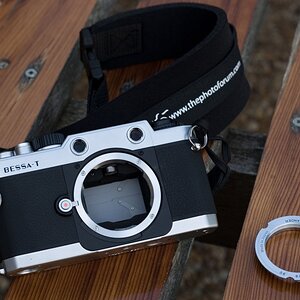Turnerea
TPF Noob!
- Joined
- Aug 28, 2008
- Messages
- 212
- Reaction score
- 0
- Location
- SoCal
- Can others edit my Photos
- Photos OK to edit
I'm in the market for my first DSLR, and was hoping to get some thoughts on how I should proceed.
I mainly shoot landscapes- I enjoy traveling to national parks and hiking- so I figure I'll need a decent wide angle end (18mm?) but I'd also enjoy getting into the wildlife while I'm out there, so I'd like to get tight on things- 200mm? Am I doomed to need to carry two lenses with me? Or would a 28-135 be enough??
I've also been going back and forth between Canon's Rebel Series (XSi probably) and Nikon's D80. The Nikon is about $100 more, but that's ok if I'm getting more out of it. I haven't use it before, but the depth of field preview seems great, especially while I'm still learning. The Nikon says it has it, but only with the "CPU lens attached" What does that mean?
I'd appreciate any input from people with experience with either of these cameras. Is the Nikon worth the extra $$? Should I just go seriously into debt and get the D90?
I mainly shoot landscapes- I enjoy traveling to national parks and hiking- so I figure I'll need a decent wide angle end (18mm?) but I'd also enjoy getting into the wildlife while I'm out there, so I'd like to get tight on things- 200mm? Am I doomed to need to carry two lenses with me? Or would a 28-135 be enough??
I've also been going back and forth between Canon's Rebel Series (XSi probably) and Nikon's D80. The Nikon is about $100 more, but that's ok if I'm getting more out of it. I haven't use it before, but the depth of field preview seems great, especially while I'm still learning. The Nikon says it has it, but only with the "CPU lens attached" What does that mean?
I'd appreciate any input from people with experience with either of these cameras. Is the Nikon worth the extra $$? Should I just go seriously into debt and get the D90?


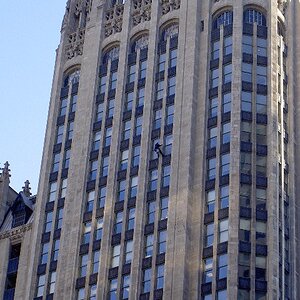
![[No title]](/data/xfmg/thumbnail/41/41758-1a91d93383c843959cb160b7ac7e762e.jpg?1619739883)
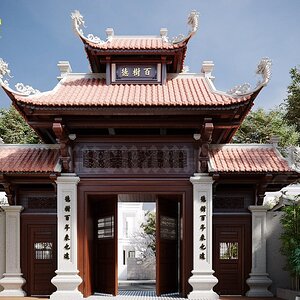


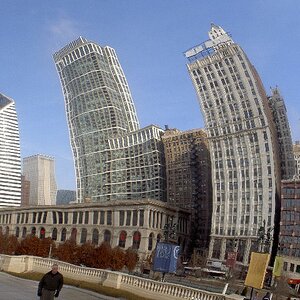
![[No title]](/data/xfmg/thumbnail/42/42458-8274869c9294d2f0655f80c8f0e6048c.jpg?1619740191)

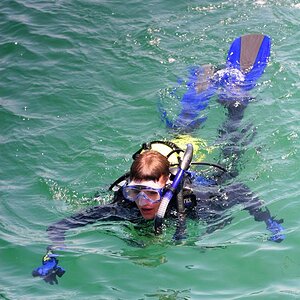

![[No title]](/data/xfmg/thumbnail/42/42455-61fb2cf2ac4f6de557a508b2195fc822.jpg?1619740191)
